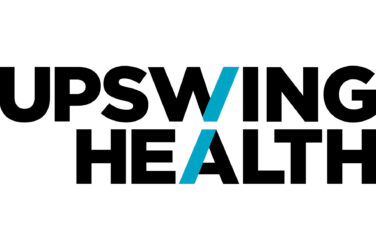Adopting a patient-centric approach to communications yields many benefits, from improving patient self-care, to enhancing trust and credibility between organizations and the communities they serve, to, ultimately, achieving better health outcomes. It is a powerful and positive approach that begins with active listening and a commitment to making authentic connections. It also requires an openness to empowering others. Below are some grounding considerations as you plan your engagements.
1. Probe More Deeply into Patient Needs
If you want to support the community, then you need to understand what the community really wants, not just what your company or client is looking to accomplish. Start with a question that highlights a shared understanding of what’s happening: what does impactful patient advocacy look like for the community?
Each community has different and unique needs. Is the community looking for a big idea to address or attract attention to an unmet need or barrier to treatment or wellness, or is it seeking to share consensus and input on a broader challenge? Understanding the fundamental drivers shaping the community you want to assist is an essential first step in strengthening the relationship between you and that community.
2. Build Authentic Connections
If you want to strengthen trust with the community you serve, it is paramount that your efforts are built on empathy, compassion, and a genuine concern for their well-being. This will allow patients to feel heard, valued, and understood—enhancing patient satisfaction and improving health outcomes. Patients who feel connected are more likely to adhere to treatment plans, engage in preventative measures, and make confident decisions about their health. These bonds extend beyond individual interactions, helping to build a positive reputation for your organization.
3. Collaborate to Strengthen
Making connections with other groups is essential to enriching community engagements. By working with multiple organizations, you can tap into a wealth of collective knowledge and experience, amplify impact, and pool resources to create meaningful change. Importantly, a broader group of advocates can facilitate a broader reach, which can help access diverse patient populations and demographics. This diversity enriches the understanding of patient needs, allowing for more tailored and inclusive initiatives.
Summary
Better advocacy for patients requires a fundamental shift in perspective. It begins with focusing on what each unique community truly needs. Building and maintaining authentic connections rooted in empathy and compassion form the driving force of your efforts. Supporting the work of a multitude of groups amplifies your impact. Employing this kind of collaborative, synergistic approach will result in improved patient outcomes—the cornerstone of why so many of us are passionate about our work in healthcare communications.









